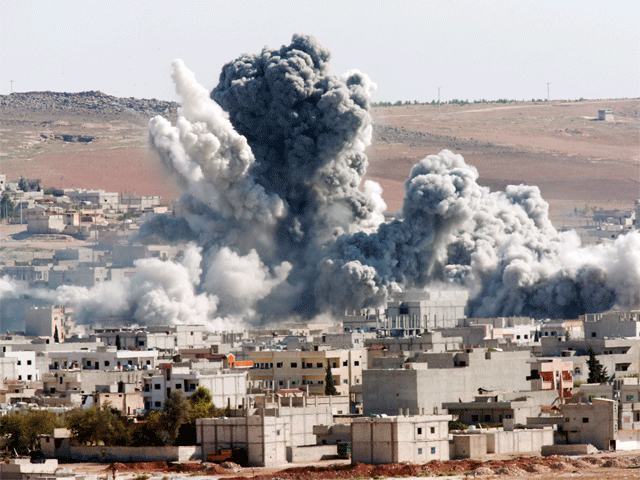Why Is Nobody Talking Of The Escalation Of The War In Yemen?
Trouble in Yemen
NEW DELHI: Yemen, caught between the crossfire of Houthi rebels and Saudi and US backed government forces, was in the news briefly. Media headlines for a few months offered us a play by play of the war in Yemen, with the two sides attempting to arrive at several internationally moderated and correspondingly short-lived ceasefires. Since then, however, Yemen has more or less disappeared from the headlines, despite major developments regarding the escalation of violence. Over the past few weeks, the Saudi and US backed coalition has launched a ground war in Yemen.
The coalition’s involvement in the war, whilst it was dominating headlines, had been limited to airstrikes, with many worried commentaries on the prospect of ground troops being shared. When the escalation finally took place, it fell on deaf ears. The ground invasions started slowly, with a small number of troops from Saudi Arabia and the United Arab Emirates entering Yemen to help the Yemeni army take on the Houthis.
This week, however, the involvement became more entrenched as Emirati soldiers landed in the southern port city of Aden on Monday. Their involvement, along with the tanks and ammunition they brought with them, helped the Yemeni army recapture the all important al-Anad air base, north of Aden, after intense fighting.
The fact that this involvement marks a major escalation is being entirely overlooked. Yemen, in entirety, seems to have been forgotten, even though the humanitarian situation in the country has only worsened after the Saudi coalition began bombing the country on March 26.
According to the United Nations over 3000 people have died in the few months the fighting began. 21 million people are in desperate need for humanitarian aid. Relief workers have warned of a dire situation as civilians in Yemen remain in need of urgent medical and food supplies.
In this scenario, as rebels and US and Saudi-backed government forces battle each other, the unlikely winners are groups like the Islamic State and Al Qaeda. The Islamic State in Yemen has so far claimed several attacks, including a deadly attack on two Shia mosques earlier this year that killed 137 and injured 350 people. In May, soon after, the group claimed an attack on a Houthi mosque in Sana’a that wounded 13. More recently, the group claimed a deadly attack on Shiite mosques and rebel Houthi headquarters in Sanaa in June, killing 31 people.
All of the above is reflective of the US’ confused policy in West Asia -- where it is fighting Sunni rebels allied to the Islamic State in Syria and Iraq, but aiding Sunni forces against Shia militias in Yemen.
Saudi Arabia’s involvement, in fact, is based on the belief that the Houthis are allied with rival Iran -- a charge that Iran denies. In a recent move that has only complicated the US’ involvement in West Asia, Iran has had sanctions lifted following a deal on its nuclear programme with the P5+1, namely, China, France, Russia, the United Kingdom, and the United States; plus Germany. The deal, many believe, marks a dramatic shift in US foreign policy in reference to West Asia, with Iran poised to emerge as the policeman in the region.
The US’ tilt toward Iran is even evinced in a statement where the US said that Saudi Arabia, its longtime ally, is probably exaggerating the links between the Houthis and Iran.
The resumption of ties between Iran and the US, however, have done little for peace in the region, with the first major development since the announcement being an escalation of the war in Yemen … an escalation that no one is talking about.





